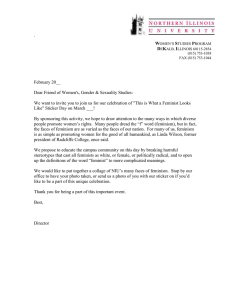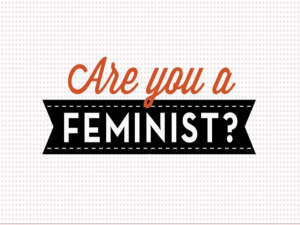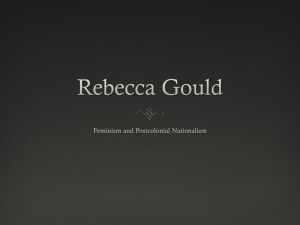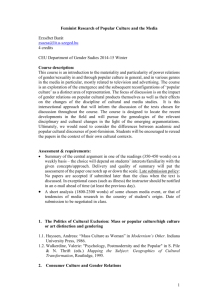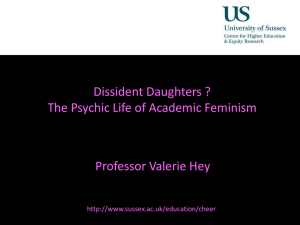The Essay
advertisement
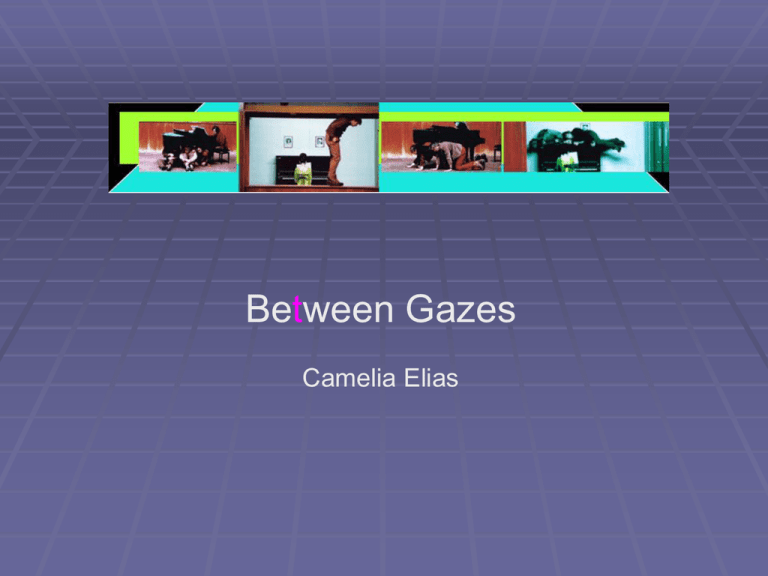
Between Gazes Camelia Elias postfeminism in cultural studies encompasses the intersection of feminism with postmodernism, poststructuralism, and post-colonialism represents pluralism and difference marks a shift within feminism from debates around equality to focus on debates around difference challenges hegemonic feminism and its focus on: oppression, patriarchy sexuality identity difference concerns What is the relationship between women’s knowledge and women’s experience? Can only the oppressed generate knowledge? To what extent can we equate a certain type of experience with ‘truth’ and with valid knowledge? What are the consequences of identifying ‘contradictory identities’ and ‘contradictory social locations’ for feminist theorizing? (Sandra Harding: “Reinventing Ourselves as Others: More New agents of History and Knowledge”, 1993) form and Butler the performativity of gender is a process of coercion the anticipation of enforced gender roles conjures its object and by this means power is installed to be an ‘I’ is to have a sex women’s positionality “the position women find themselves in can be actively utilized … as a place from where meaning is constructed, rather than simply the place where meaning can be discovered (the meaning of femaleness)” (Linda Alcoff “Cultural Feminism versus PostStructuralism: The Identity Crisis in Feminist Theory”. Signs, 13(3) postfeminist films attempt to retain the category of ‘woman’, while investigating what empowers or disempowers it. meaning as constructed in context is stronger and more significant than the meaning which is derived from fixed identity interest in uncovering what it means to be a woman than focus on whether or not one is one Down with Love themes the battle between sexes women’s place in society men’s knowledge of what women want reversals melancholia men’s feminization women’s power form and context intertextuality parody "imitation with a critical difference, not always at the expense of the parodied text." Linda Hutcheon, A Theory of Parody, 1984 pastiche imitation as hodgepodge celebration of past forms irony form and context classic comic dialogue postmodern metanarrative artificiality: word play, puns feminism vs postfeminism

